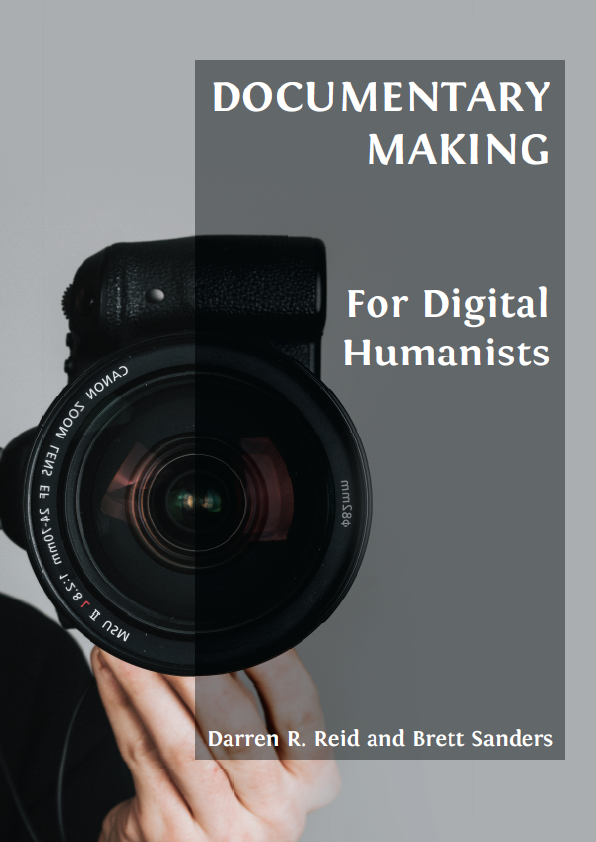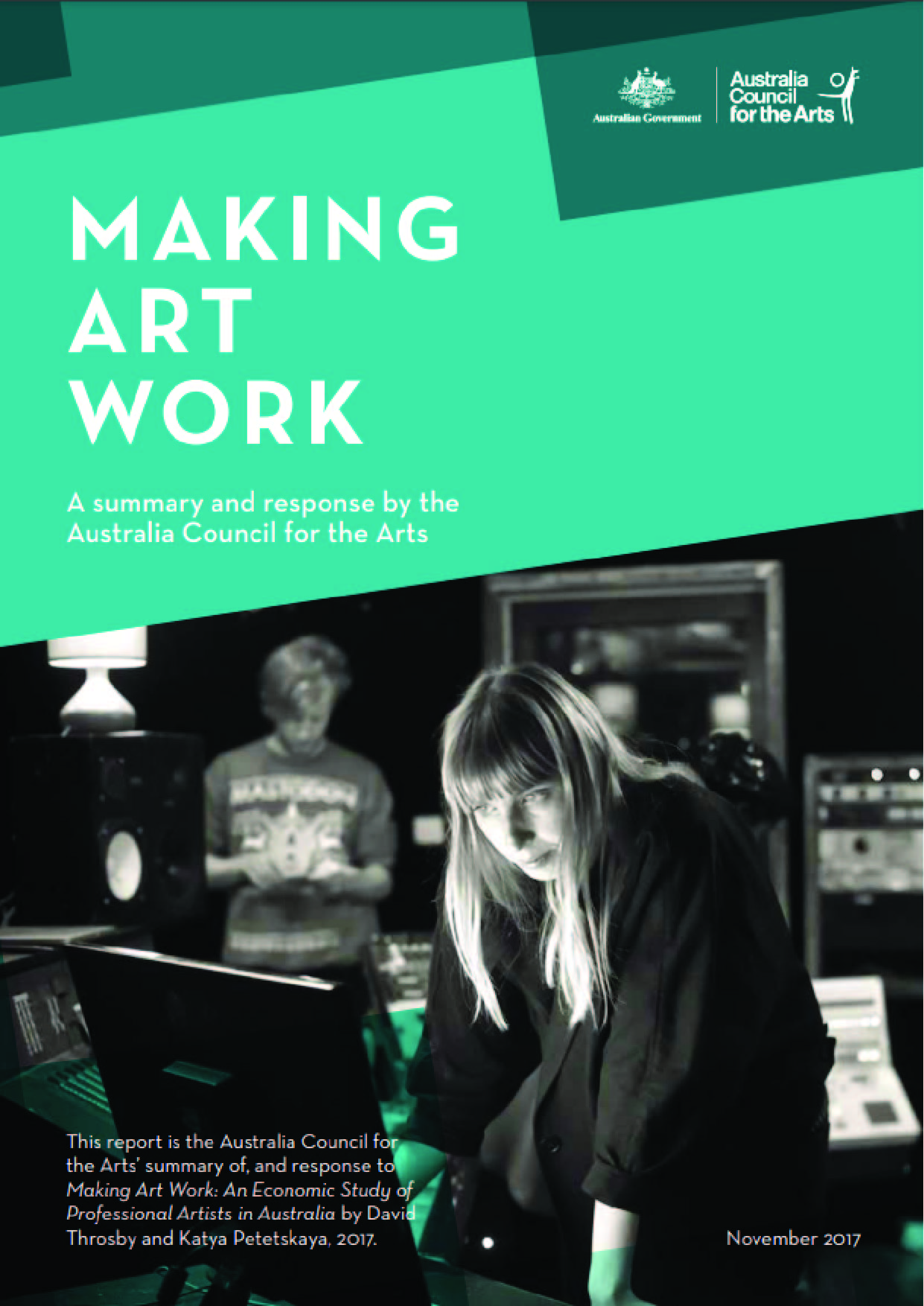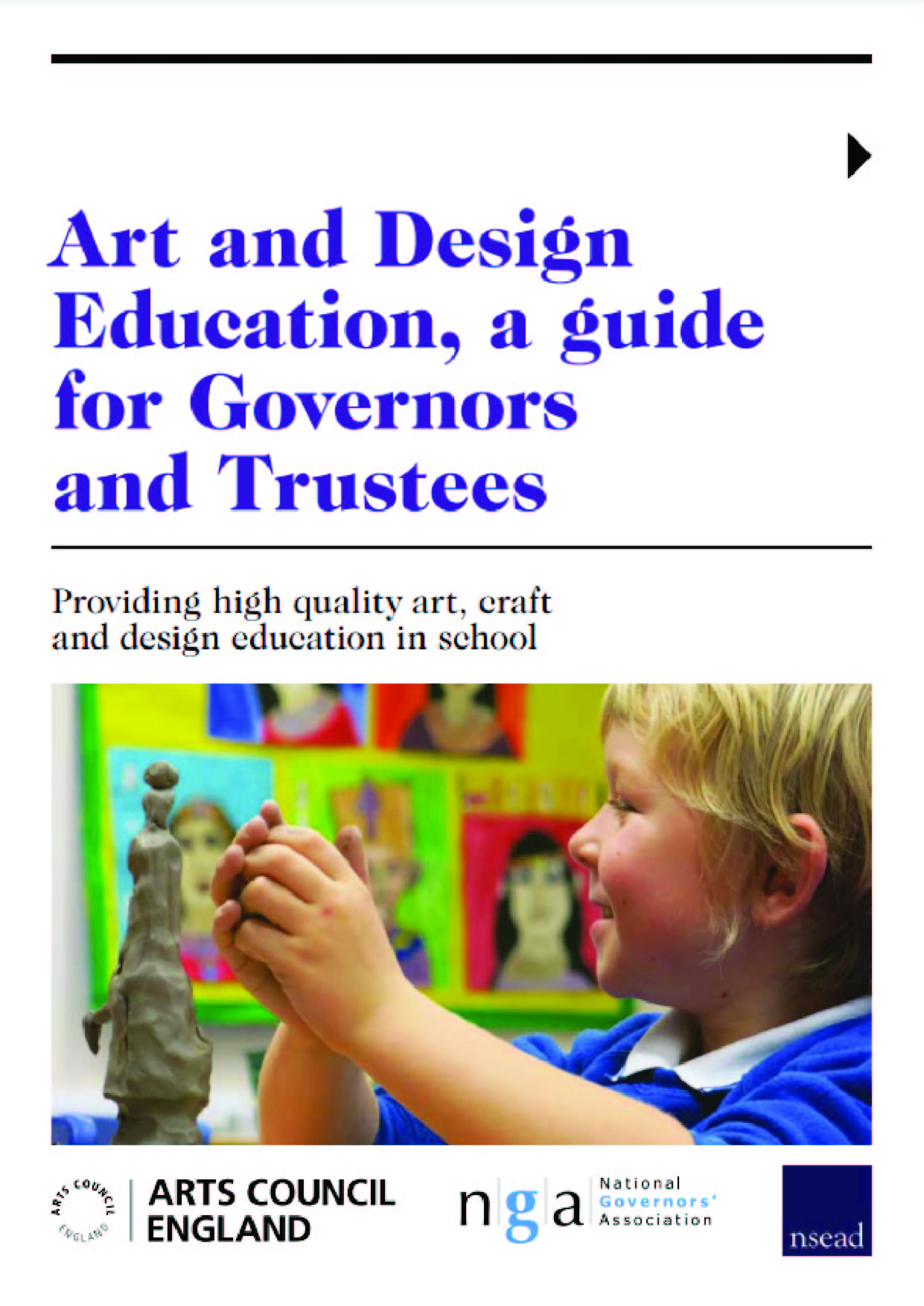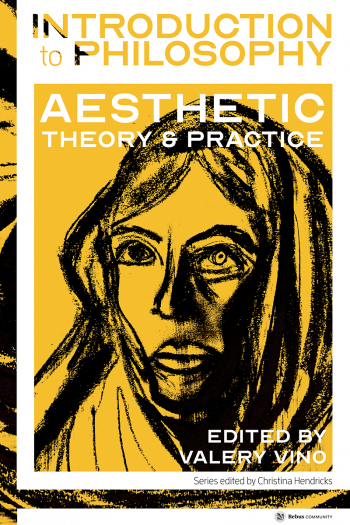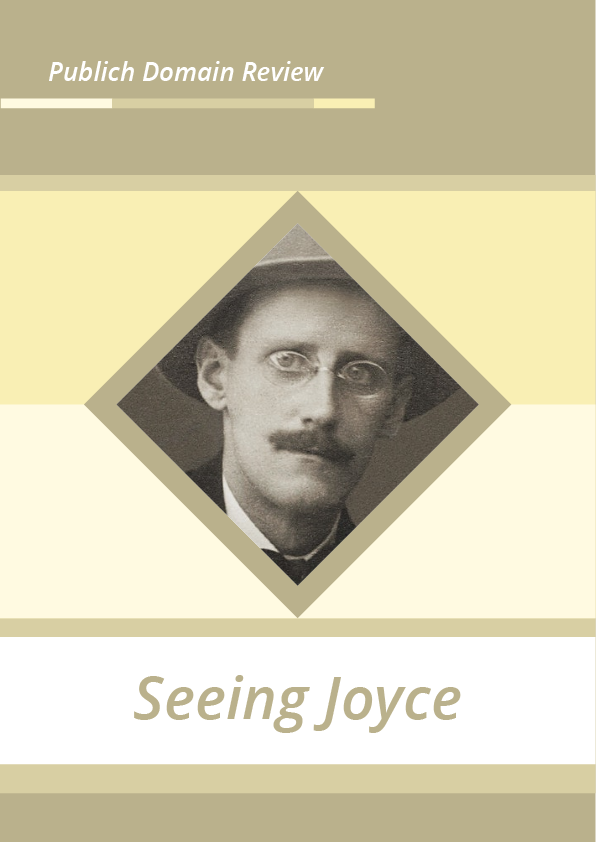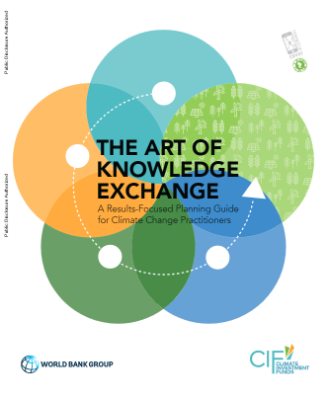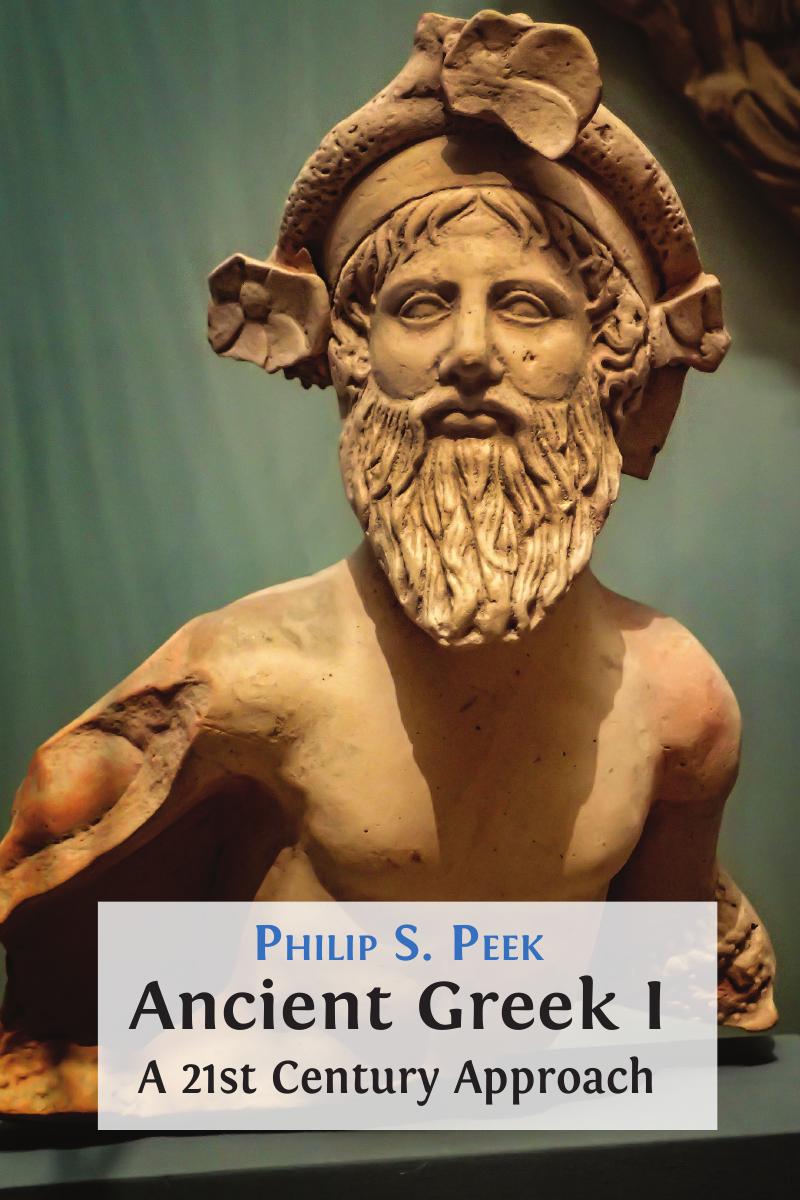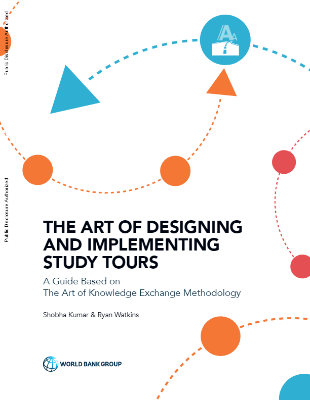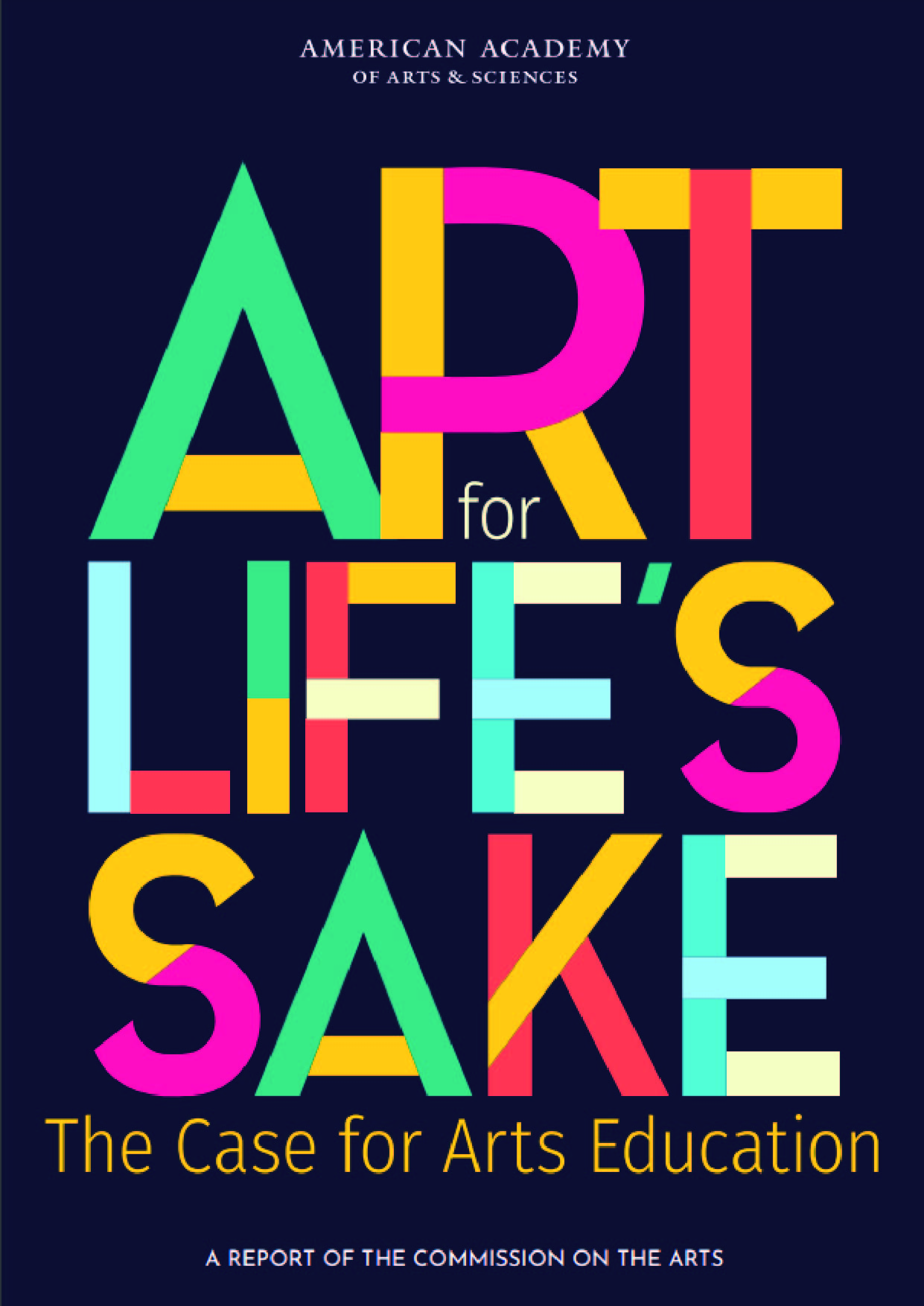Documentary films have always been powerful. Robert J. Flaherty’s Nanook of the North (1922) shaped how entire generations conceptualised Inuit peoples. Almost a hundred years later, Michael Moore’s Fahrenheit 9/11 (2004), for all its faults, was a clarion call for dissent that was heard around the world. Throughout most of cinema’s history, however, the documentary has been the purview of a privileged few. To create even the most rudimentary film required access to a vast array of expensive equipment, specialist skills, and traditional distribution models — not to mention the significant financial resources required to fund the purchase of, among other things, expensive film stocks. As the twentieth century gave way to the twenty-first, however, a digital shift has brought audiences online whilst simultaneously providing creators with access to a range of new, easy-to-use, and affordable filmmaking tools. It is now entirely possible, even desirable, for humanists and other academics to utilise the documentary medium for their scholarly purposes. New audiences can be reached, and opportunities to conduct and present one’s research using the grammar of cinema and the moving image, previously inaccessible, are now widely available.
For humanist scholars, the potential of this technological development to challenge the traditional format of the thesis, and to engage in new types of research and intellectual dissemination, is staggering. Eye-witness testimony, unfolding events, and oral histories can be recorded, contrasted, compared, and shared. Such materials can be fused with academic commentary, archival footage, and other audio-visual texts to create works that are far larger than the sum of their parts. Singular events can be explored from a multitude of perspectives, underlining, should one choose to do so, the subjectivity of truth. With the correct skills, humanist scholars can now create works and disseminate their findings in new and exciting ways. All that remains is for them to develop the wide range of necessary skills which will allow them to take advantage of these new opportunities.
Documentary Making for Digital Humanists has been created to empower academics, scholars, students, journalists, and other thinkers with the tools necessary to turn their research into intellectually rich films. This book aims to remove the skill deficit that is likely to be faced by so many. It has been designed to take humanist thinkers with little to no filmmaking experience and teach them, in a logical and easy-to-follow manner, how they can create documentary-style pieces of their own. It will take readers through the three key stages required to turn their research into a film: pre-production (chapters 1–7), production (chapters 8–17), and post-production (chapters 18–24). In each section, readers will learn the key ideas, techniques, and methodologies necessary to create scholarly films. In some places this will mean engaging in theoretical discussions about the nature of the field, storytelling, and collaboration; in others it will mean learning practical skills, from setting up cameras to shot composition and the recording of audio. Whether practical or theoretical, this book aims to make the journey from scholar to filmmaker as intuitive and accessible as possible.
Readers can choose how they wish utilise this text. They can, for example, watch the video course first; or read the text in its entirety; or work through both in tandem. We recommend readers choose one of the following three ways of engaging with this work:
- Documentary-making course: this book and its integrated video course has been designed to act as a complete learning experience. By reading the book and engaging with each video lesson (and carrying out the assignments contained therein), you will be walked through the filmmaking process in discrete stages. Assignments issued as a part of the integrated video series will help you to develop practical experience alongside a growing portfolio of filmed material. This approach to the text requires readers to engage with each element of this book (and video course) in order, completing assigned tasks and practising associated skills and techniques. This design would also, with context-appropriate adjustments, function well if integrated into traditional learning environments with lessons and discussions which can be easily mapped against most ten-to-fifteen-week semesters.
- Quick immersion, long-term development: to achieve quick immersion into the world of scholarly filmmaking we recommend first watching the video course and then reading the main text in this book. This method of engagement will first provide aspiring documentary-makers with an overview of the filmmaking process before providing them with an opportunity to build upon this core knowledge through more in-depth discussions. For those readers looking to begin experimenting with the medium as quickly as possible, this approach is likely to be the most suitable, with the video course providing necessary core skills, whilst the main text provides opportunities to develop those skills in-depth.
- Reference guide: documentary-makers in the field must balance a wide range of responsibilities, skills, and methodologies. For those ready to enter the field, this work can serve as an important point of reference, providing timely, practical insight as well as the workflows necessary to achieve specific day-to-day production tasks, when and as they are needed.
This work has been designed with flexibility in mind and readers should feel free to utilise it in whatever manner they see fit. For those with existing skills or a clear vision which they wish to realise, it will provide a flexible reference guide. But for those readers who lack any pre-existing familiarity with the documentary-making process, we invite them to begin at Chapter One and follow the course of the book as it is written. Engage with the video lessons and the assigned practical exercises. By the end of that process, we believe you will have the necessary skills to realise your filmic projects on your own terms.
